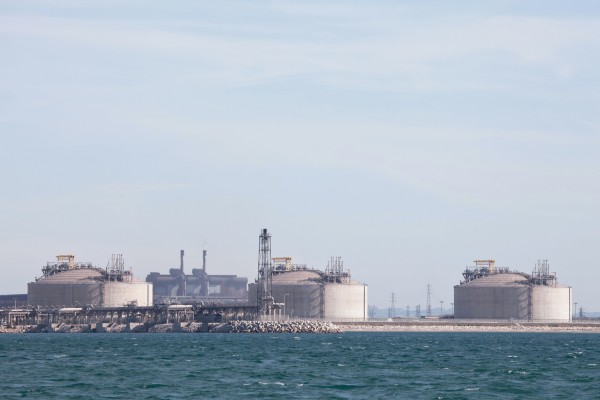Environmental Medicine
Nowadays we are exposed to a huge amount of toxic stressors that have a serious effect on our health. Environmental toxins are everywhere in today’s world. They can exist unnoticed in the food we eat, the water we drink, the air, dental material, medications, and even in furniture, colors, and floor coverings in our living spaces.
The number of various poisons has increased so rapidly in the last few decades that our immune system is hardly able to adjust to the new challenge.

Our immune system, which consists of a complicated interaction between various of our organism’s systems, must also eliminate toxic substances and transport these to the elimination organs besides controlling infections by viruses, bacterias, amebae, and parasites.
As these are predominantly substances that are, in an evolutionary sense, unknown to our body, this is extremely difficult for our organism. Many chemicals not only burden our immune system by damaging the endocrine systems like the adrenals, thyroid, reproductive glands, hypothalamus, hypophysis, epiphysis, and pancreas – they can also severely disrupt our mineral and vitamin metabolism. Moreover, quite a few chemicals and heavy metals lead to inflammations in the nervous, vascular, and lymphatic system and damage our liver, kidneys, bowels, and skin, i.e. our elimination organs.
Environmental stress is, however, not only possible as a result of industrial processes – we can also be exposed to highly toxic substances through natural processes. The most frequent burdens are caused by mold in living spaces, ventilation systems, air conditioning systems, and foods. Canned food can be laden with botulinus toxins and even natural mineral water can contain doses of radioactive substances that are too high, if consumed on a permanent basis.
For this reason, it is a big challenge for environmental medicine to recognize relevant stressors and to show, by way of a consultation with the patient in regard to environmental medicine, how toxic burdens from your environment have to be eliminated.
Diagnosis in Environmental Medicine
It is difficult to prove the existence of toxic substances in the human body by laboratory medicine. Hair analyses and DMPS provocation tests are conducted which can detect heavy metals; however, a multitude of possible toxic substances go unnoticed in these tests. Although it is obvious that environmental medical burdens are a significant factor in the development of many diseases, environmental medicine is treated as the “poor relation” of conventional medicine.
For this reason, patients are often surprised when they are told that environmental toxins that have been discussed for decades are in their body and are moreover one of the causes for the symptoms of disease they are currently experiencing.
Naturopathic diagnostic procedures are one possibility when it comes to integrating environmental medicine into naturopathic therapies. Optical findings can give clear indications of vascular toxic burdens, whereby specific reddening of the skin and facial erythrosis on the cheek can be the result of toxic damage to capillaries.
By understanding the structural compensation of the locomotor apparatus, the experienced osteopath is able to identify burdens on the endocrine glands and the liver. More information can be obtain from a palpation of the organs, whose size and mobility have frequently undergone change. Assessing the properties of the tissue is also important. Additionally, a lower cranial rhythm and a loss of elasticity of bony structures suggest poisoning.
Finally, muscle tests like the ones performed in kinesiology as well as neurological function analyses yield more information that must be analyzed.
Environmental Medicine – Therapy
As described above, diagnosis in environmental medicine is complicated – in the end, even an experienced therapist, using every and all available options, might not be able to identify exactly which toxic substances have accumulated quantitatively in our vessels, tissued, and between the cells.
Detoxification is difficult because inflammatory processes develop; sometimes these can involve organ damage as a result of mobilized poisons.
The best intervention in environmental medicine is therefore to avoid poisons. If the organism is already severely burdened by environmental toxins, it must be ensured that the drinking water is free of chemicals and that our food was neither treated with insecticides nor fungicides. Living areas should be free of mold and other toxins like lindane as a preservative for old wooden furniture, or thiormersal as a preservative for mattress pads. Specialized labs can be commissioned to measure the room air and analyze samples sent to them.
For the therapy of already existing poisoning, herbal medicine and orthomolecular medicine are particularly suitable, whereby natural substances like minerals, vitamins, enzymes, and amino acids can stimulate the mobilization of toxins and their detoxification.
Therapy in environmental medicine must be undertaken with great factual knowledge of the subject and with circumspection, because the potential damage of using the medications incorrectly can be bigger than any benefit derived from them.
A diagnosis as well as the avoidance of poisons must occur prior to any therapeutic intervention in environmental medicine. Major stress on the organs through degeneration, infections, and sources of infection in the jaw must be excluded in advance.

